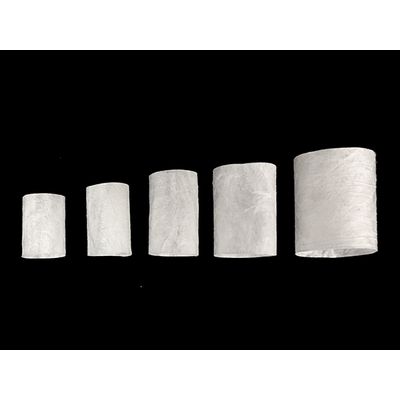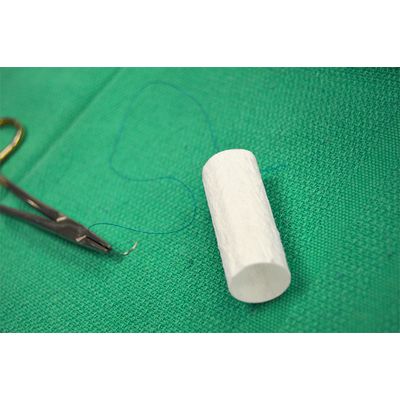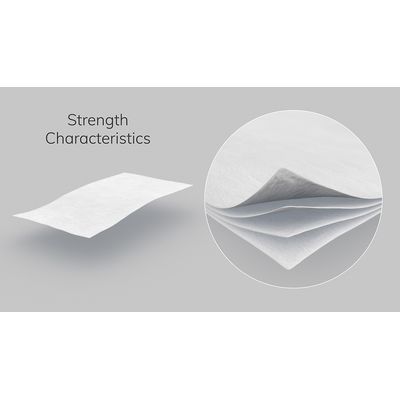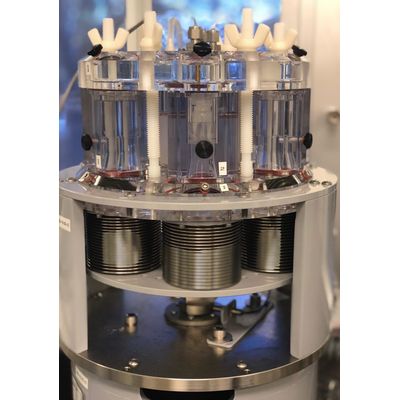

CorMatrix, Inc. products
Cor TRICUSPID - ECM Valve
CorTM TRICUSPID ECM valve is an investigational device and not commercially available. The CorTM TRICUSPID ECM valve is a cell free, extracellular matrix, tissue engineered valve for the tricuspid valve position. Unlike any other valve the CorTM TRICUSPID valve is a stentless cylindrical seamless valve that provides ventricular continuity and normal motion of the valve annulus. This normal “physiologic” valve steadily remodels into the patient’s own tissue, doesn’t require anticoagulation, and is resistant to calcification.
Cor PEDIATRIC - Tricuspid ECM Valve
Cor PEDIATRIC tricuspid ECM® valve is an investigational device and not commercially available. The Cor PEDIATRIC tricuspid ECM® valve is a stentless and seamless cylindrical valve designed for the pediatric population. This valve satisfies this unmet clinical need by providing AV continuity, resistance to calcification, and remodeling into the patient’s own tissue. This ECM valve does not require long-term anticoagulation and is supplied in various sizes (diameters of 12mm, 14mm, 16mm, 18mm) for congenital abnormalities of the tricuspid valve.
CorMatrix - Device for Cardiac Surgeons
The CorMatrix Cor PATCH is a device that has been designed to assist cardiac surgeons in those areas of repair requiring additional epicardial support of adult cardiac structures. Made of a second generation of extracellular matrix (ECM) technology the Cor PATCH can be used for sequelae secondary to myocardial infarction resulting in a thinning of ventricular walls, aneurysm formation or for any areas requiring epicardial placement of a patch for support. The intact structural nature of the ECM within the Cor PATCH allows for host cellular ingrowth and a robust angiogenesis.
Future Cor - Non-Synthetic and Regenerative Devices for Cardiovascular System
The future devices and improvements to the CorMatrix ECM® technology are allowing the company to design better non-synthetic and regenerative devices for the cardiovascular system from heart valves and grafts to heart failure platforms. By maintaining the functional proteins within a normal structural matrix, the patient’s host stem cells are recruited in a proliferative, non-inflammatory and angiogenic environment forming new blood vessels. This may lead to the formation and remodeling of the patient’s normal tissue rather than scar or calcification.




